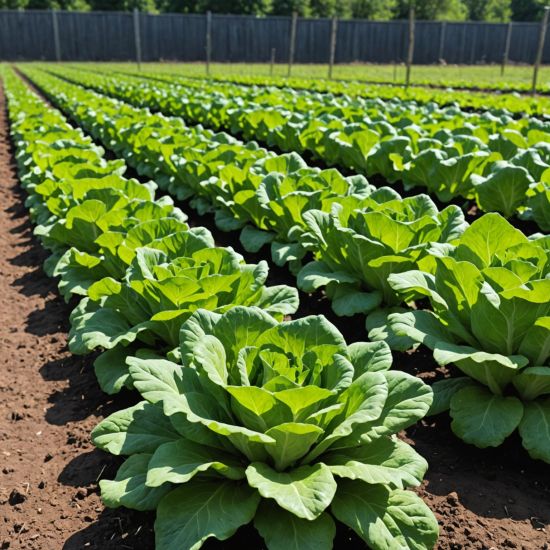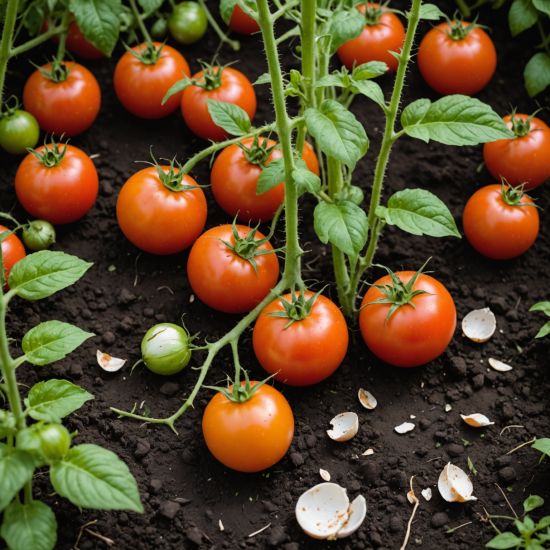Why Does Lettuce Bolt?

Lettuce bolting is a frustrating experience for gardeners. It's when lettuce plants prematurely send up a flower stalk. This makes the leaves bitter and tough.
TLDR -
- Bolting: Lettuce flowers prematurely, ruining leaves.
- Cause: Primarily triggered by heat and long days.
- Prevention: Choose bolt-resistant varieties, plant in cool weather, shade plants, and succession planting.
What is Bolting?
Bolting is a natural process. It's how lettuce reproduces. The plant focuses energy on seed production. This is not ideal if you want tasty leaves. The leaves become bitter and tough. This happens in many leafy greens, not just lettuce.
Why Does Bolting Happen?
Bolting is mainly triggered by two factors: heat and long days. High temperatures accelerate the process. Longer daylight hours also signal to the plant it's time to reproduce. These environmental cues override the lettuce's programmed vegetative growth. Genetics also play a role. Some lettuce varieties are more resistant to bolting than others. This article from the Old Farmer's Almanac has more details.
Misconceptions about Bolting
Many believe that only hot weather causes bolting. This is partly true. But long days are just as crucial. Another misconception is that all lettuces bolt at the same rate. Different varieties have different tolerances to heat and day length.
Preventing Bolting
There are several strategies to prevent or delay bolting. Choosing bolt-resistant varieties is key. These are specifically bred to withstand warmer temperatures and longer days. Check seed packets for descriptions like "heat-tolerant" or "slow to bolt". Planting in cooler weather (spring or fall) is very effective. Providing some shade, particularly during the hottest part of the day, helps too. Succession planting, where you sow new seeds every few weeks, helps ensure a continuous harvest. Watering regularly is essential. Avoid letting the soil dry out completely.
The Current State of Bolting Research
Research into bolting focuses on developing even more resistant varieties. Scientists utilize genetic engineering and traditional breeding techniques to create lettuce that thrives even under warmer conditions. Research articles on this topic can be found on PubMed. The goal is to provide consumers with reliably delicious lettuce, year-round.







